High in the hills above Bucaramanga, Colombia, lies the perfectly-kept colonial village of Zapatoca. On my first day there, I wandered the streets photographing the architecture, the parks and the perfectly painted electric meters adorning every single house. I also enjoyed an ice cream in the square which was bustling with locals, sampled delicious local grain breads from the wonderfully smelling corner bakeries and marveled at a general store filled with imported nuts, seeds and all kinds of healthy snacks. Within minutes, I was swept up in the dreaminess and ease of this little mountain pueblo.


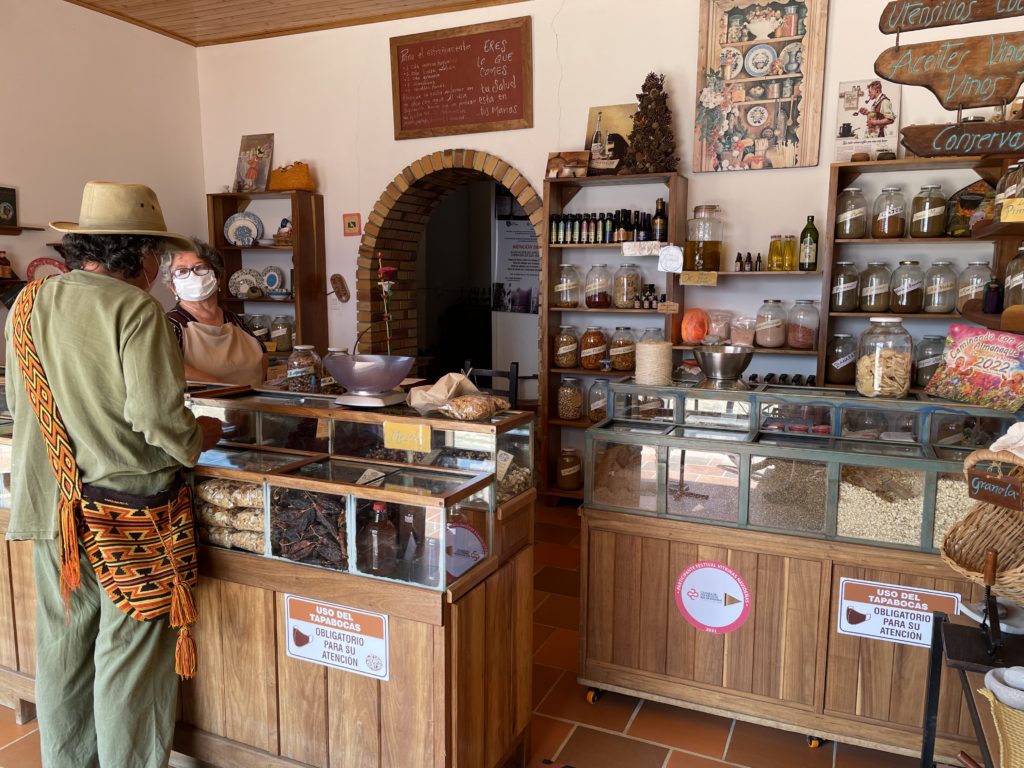

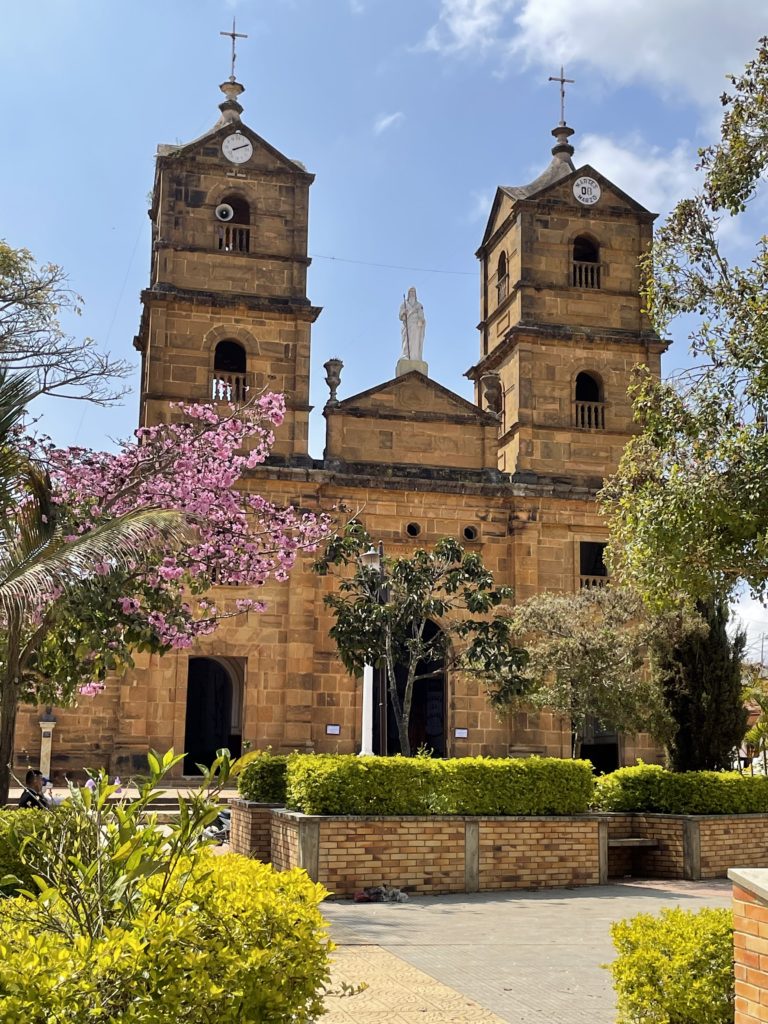







It was on this first day in Zapatoca that I also met Lida, or as she told me, everyone calls her “Kanelita”. I asked, “Like the herb?”, remembering that “canela” is Spanish for cinnamon, and that her name may reflect a personality of sweetness with a little spice. I liked her immediately.
Kanelita was working in her home-office and she introduced me to the organization she started three years ago named Cupainatá. This organization has expanded into a cooperative of 30 women who grow native herbs to process and sell in various forms. Some are dried for teas, others are processed into drops, sticks, creams and essential oils for medicinal purpose, skincare and massages. At first, I asked a lot of questions about how they sell their products and make money for the community, but her answers helped me understand that this organization is about so much more than just helping the economy of these families.






Cupainatá is also about caring for the land, keeping the native plants alive and continuing the timeless traditions of Zapatoca, a region known historically for its traditional medicinal healers. For centuries, their ancestors have been cultivating these plants without chemicals and using them to cure every kind of illness or health condition imaginable. Kanelita’s group is rescuing the knowledge of their abuelitos, or grandparents, and educating everyone on the long-term future benefits of preserving the land, the environment, and these plants for the future.





About a week later, I was fortunate enough to be invited along with Kanelita, Daniel and Don Rey (see Volunteering in Zapatoca) to visit Matilde Alvarez, a woman of force with an easy smile and a sharp mind. She, along with her sons and her late husband’s brother, work a large finca, or farm, where every niche of land is being used to cultivate something over the rocky peaks, rolling hills, and vegetation-dense valleys of the mountainside. In our wanderings around their farm, I saw large fields of blackberries, beans, peppers, spinach, radishes, and so much more that they sell in bulk to large stores, as well as to the townspeople at the local market. They cultivate and process coffee cherries in the yard behind their house and have a animal-driven grinder to process sugar-cane into panela. Cows, chickens, and sheep also round out their products. I was in awe of how much food was being grown in such a tight space — all harvested and maintained by hand. But we weren’t there to learn about their farm practices. It was Matilde’s time to show off her huertos, or kitchen gardens, tucked between all the other crops.


During the morning, she guided us along the paths, pointing out different plants and their curative properties. This type of mint in a cold tea cures high blood pressure, but this type of mint in a warm tea cures headaches. This plant is for inflammation. This plant is for digestion. We talked for awhile about the different plants that are used for helping a woman during pregnancy, birthing a baby, and inducing her milk to flow. All of these cures are possible with the use of these natural plants. The knowledge and medicine is available, but some people, she acknowledged, don’t trust the old ways. As she walked on through the fields, she pointed out various plants that pharmaceutical companies are now growing for treatment of the heart or kidneys. Still, many people believe the big companies, or modern doctors, more than the traditions.




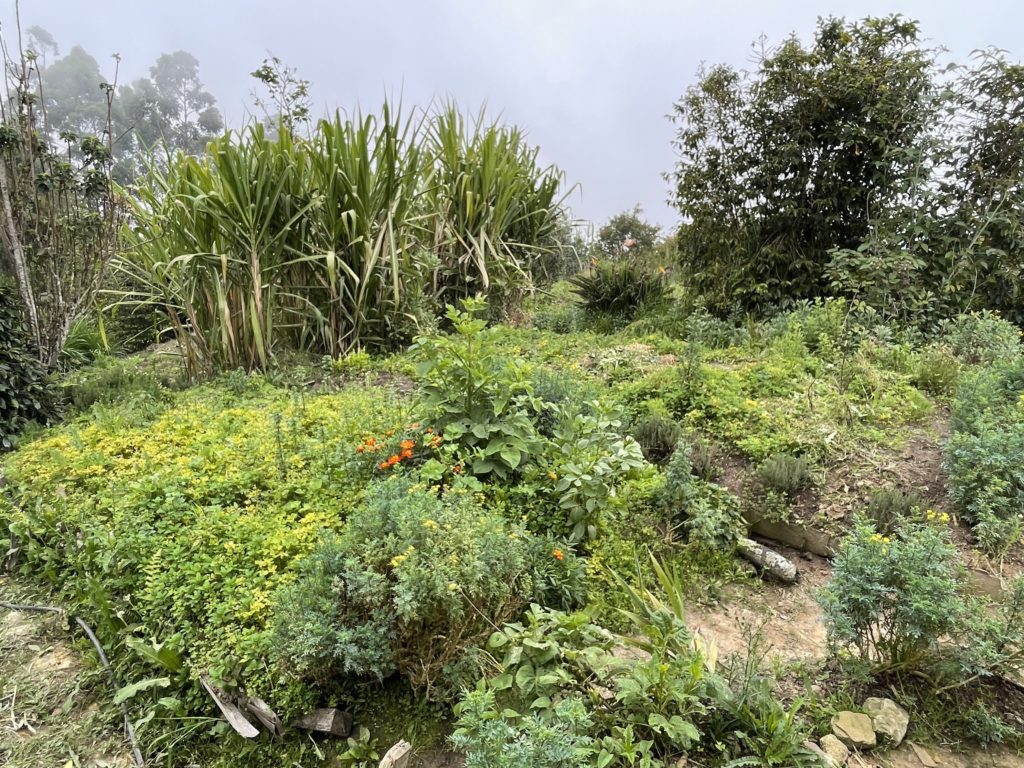



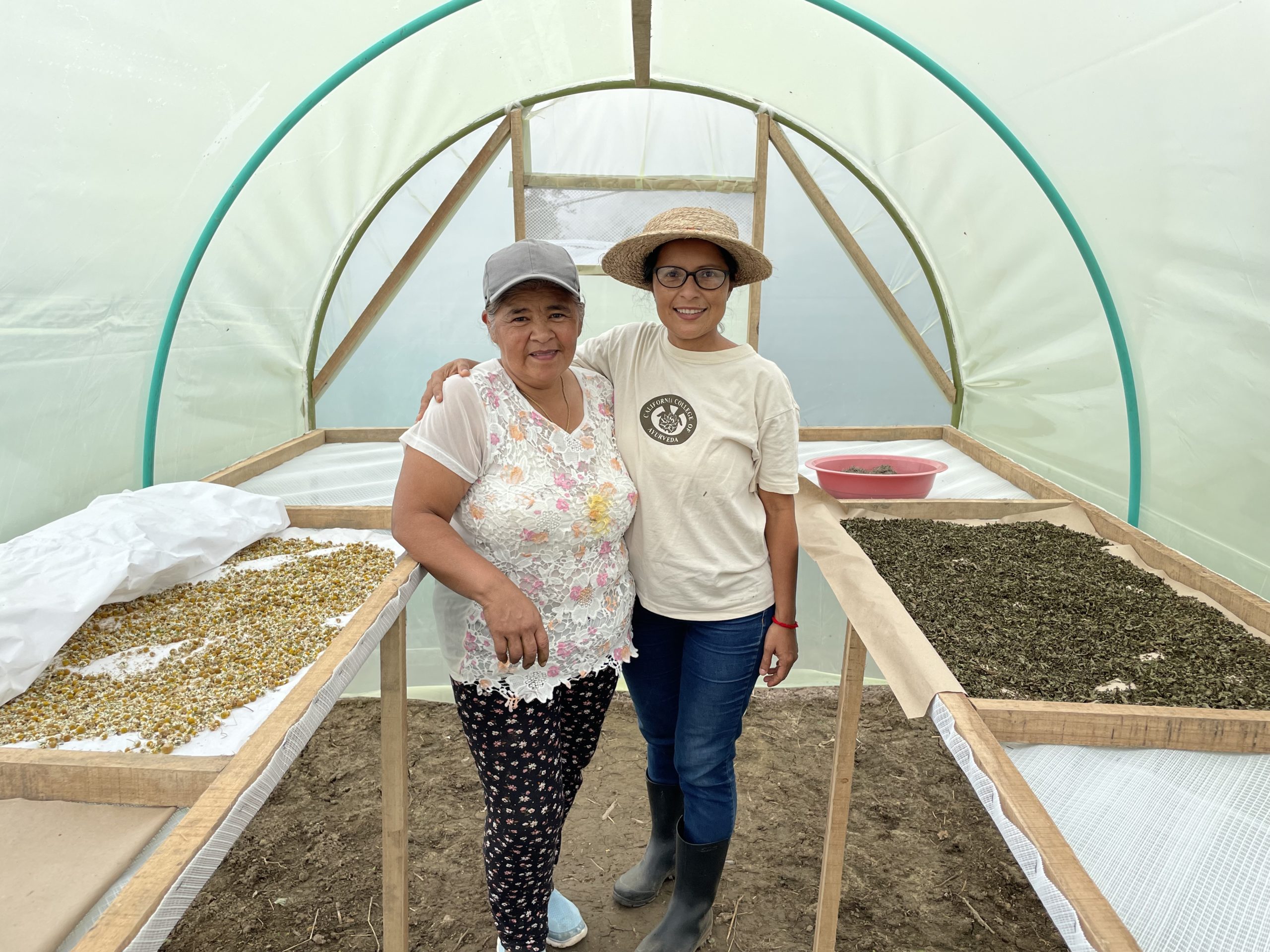



trainings and organic fertilizers were funded by a grant from Fundación Tirreza, a benefactor of Cupainatá.
As they excitedly admired its new construction, they discussed their plans for adding more shelves and hooks
to dry the leaves, flowers and seeds of her medicinal plants.
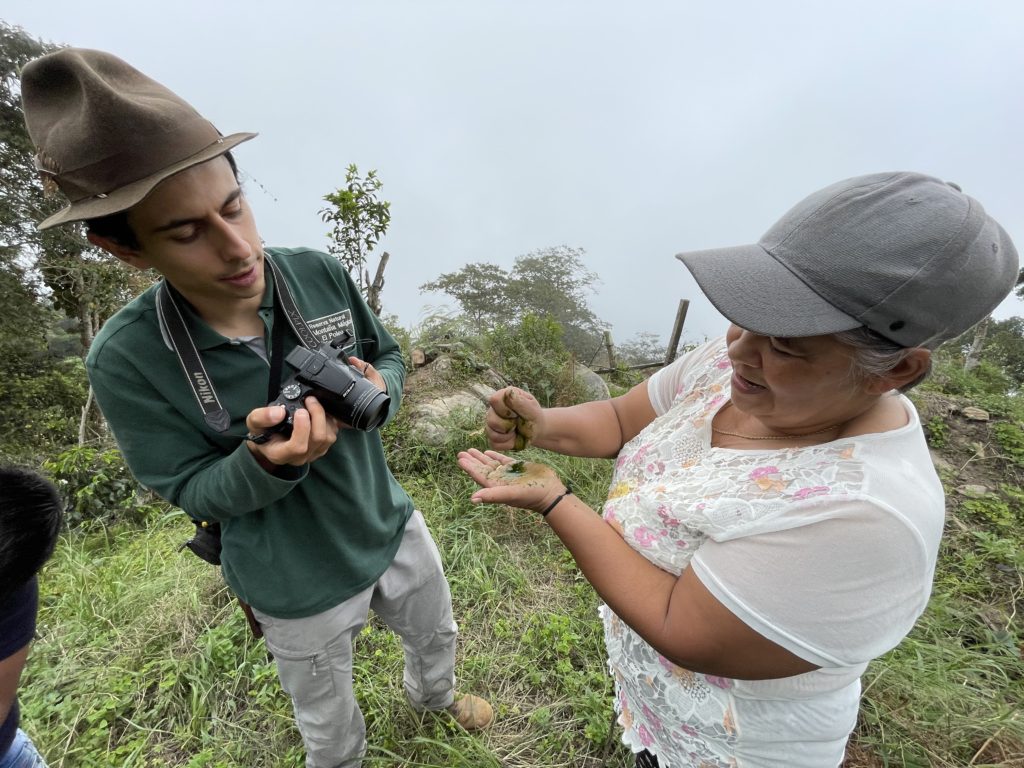



Daniel, who has his hand in several projects to propagate and reforest the local hillsides with native vegetation, is very interested in ethnobotany, and preserving the traditional knowledge and practices using local plants. With each visit to Matilde’s farm, among other properties in the region, he documents in his journal with photographs and drawings any information regarding the species, the cultural traditions and uses of these plants. He hopes to publish a book someday to keep the knowledge alive.


At some point along the tour, I asked Matilde how she learned all of this. She told me that she never went to school. In fact, she didn’t learn how to read or write until she had to help her own children with their homework. She grew up as the only girl in a family of boys and her mom needed her at home to help with all the chores in the house. Her mom was a curandera, or natural healer, and Matilde learned everything from watching her and her grandmother. All morning long, we peppered Matilde with questions for the name and uses of each plant we found around the mountainside. Never once did she hesitate. She knew the healing properties of them all. She’s like a living dictionary, and thanks to the Cupainatá organization, she is sharing her knowledge with others.


Kanelita, the founder of this group, works each day to support the work of these women. From the beginning, she knew that the on-going training of these traditions needed to be a part of the effort. But asking women to take a day away from their chores at home and their responsibilities with their children, as well as spend money on transportation into town, was a difficult request. In addition to that, some women have unsupportive husbands who don’t see the long-term benefits of this effort for their wives or for their families. With all that in mind, the group settled on meeting one Saturday a month and Kanelita organizes the topics so they can learn from each other or someone else in the community. The women of the group range in ages from 20-60 years old, but sometimes community elders in their 80’s also give the workshops.






Some of the topics they have covered include how to cultivate specific plants, compost, develop organic fertilizers, use the plants for curative purposes or make them into soaps, shampoos, and other plant-based products. Whatever the topic, it’s an amazing experience for the women of this community to learn and grow together.
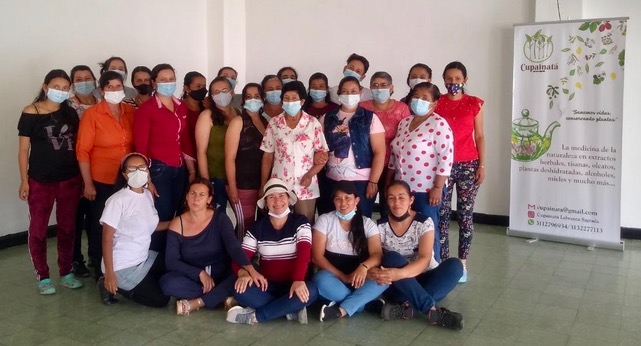

to cultivate plants as natural medicines in herbal extracts, teas, essential oils, dehydrated plants,
first-aid alcohols, honeys and much more.
Cupainatá sells their goods through Instagram and What’sApp. They are continually trying to find other ways to grow their business, empower women, and continue to care for their community through these beautiful and healthy traditions.
Contact:
Email: cupainata@gmail.com
Instagram: Cupainata Labranza Sagrada
What’sApp: +57 3112796934

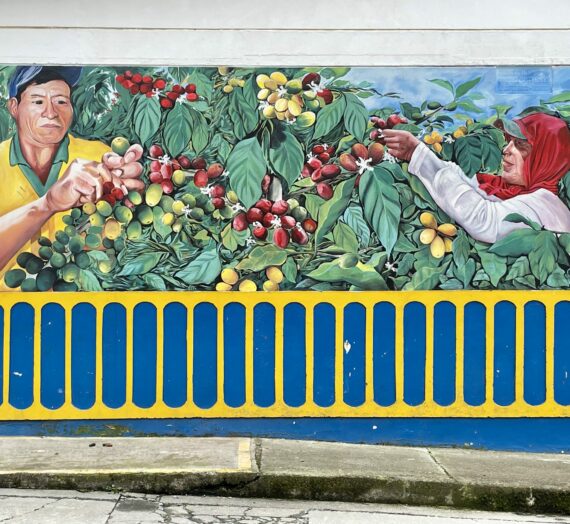

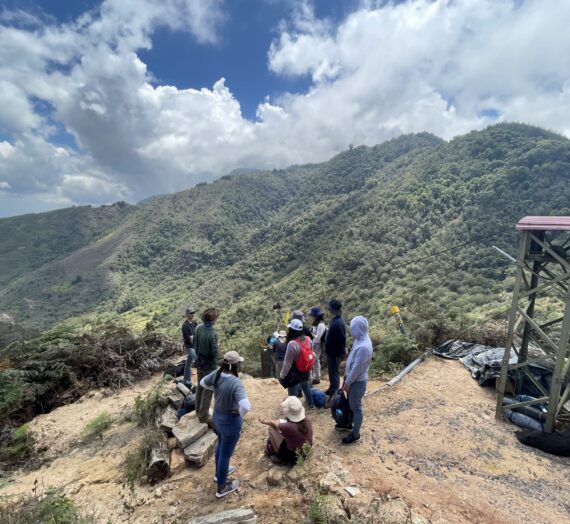
Stephanie Morrison
This is amazing! Thank you for sharing- I will definitely check out their work on Instagram!